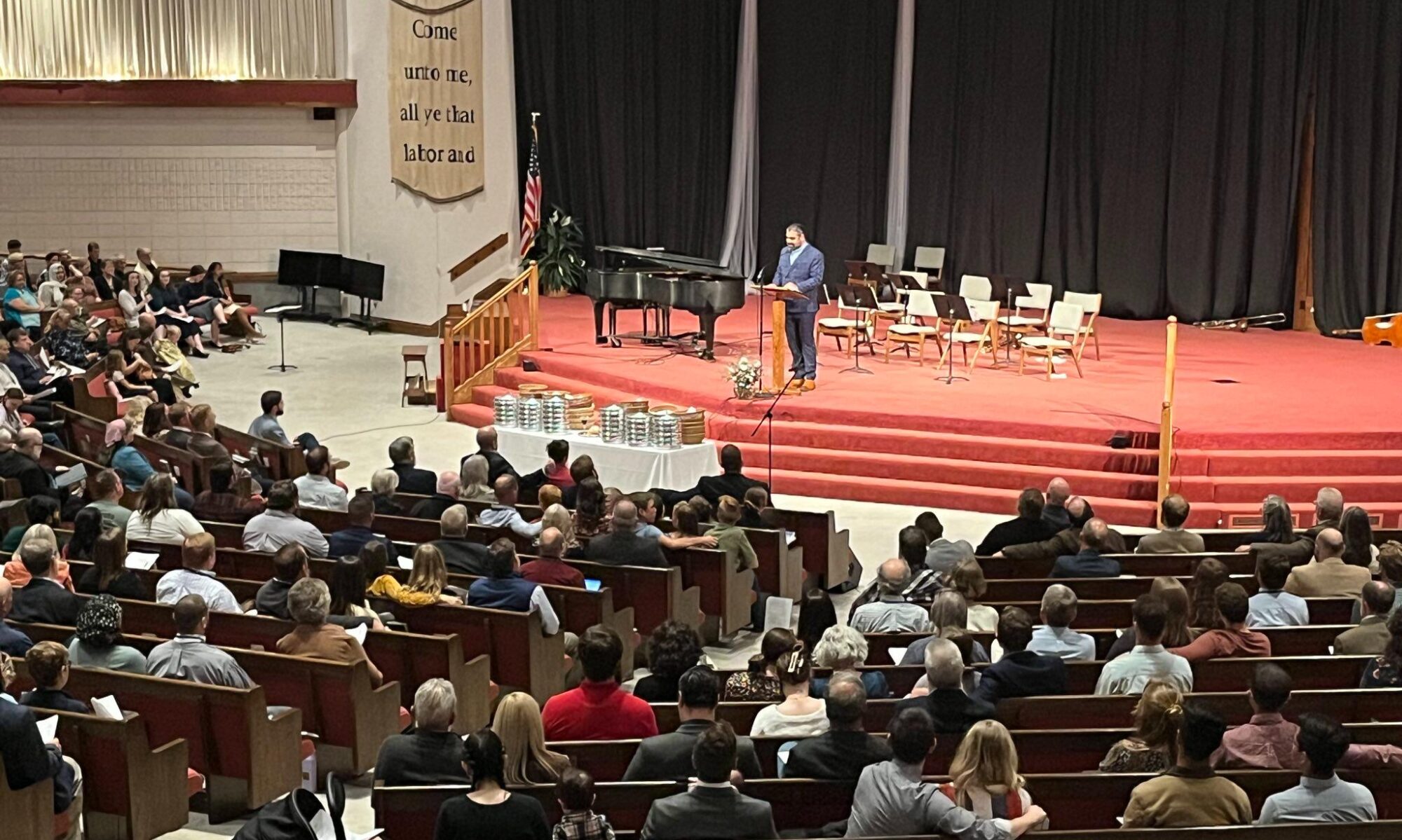Editor’s Note: The entire paper is available in word format, including a bibliography.
A Defense of Postmillennial Eschatology in Revelation 20
There is a general consensus within the Reformed tradition concerning the beginning of Christ’s kingdom. Amillennialists and Postmillennialists concur that Christ bound the evil one, Satan, in the first century.[1] Further, they both agree that the binding[2] of Satan had a very specific purpose– in order that he should not deceive the nations any longer (Revelation 20:3).[3] The devil roams around seeking to devour as many as possible,[4] but his ability to restrain the gospel from becoming a world-wide enterprise will continually fail.[5] Before proceeding to make a positive case for a Postmillennial eschatology, one must note that in a substantial manner, both Amils and Postmils share much in common with one another concerning Revelation 20.[6] As Chilton remarks:
From the Day of Pentecost onward, orthodox Christians have recognized that Christ’s reign began at His resurrection/Ascension and continues until all things have been thoroughly subdued under His feet, as St Peter clearly declared (Acts 2:30-36).[7]
Chilton’s claim testifies to the overall unity of thought from the early church to the present day–defended by Post and Amillenarians alike–that the kingdom of God has come upon confessors of the true Messiah.[8] Further, believers do not wait Christ’s reign in the future, but believe He has reigned from the first century until now, and His kingdom shall reign forever and ever. Arguing for eschatological distinctions, Keith Mathison observes:
…it should be noted that postmillennialism (and Amillenialism), in contrast to premillennialism, does not teach that this single passage, in this highly symbolic book, should be the cornerstone of one’s system of eschatology.[9]
Reformed thought is comprehensive and covenantal in nature. It builds from Old Covenant prophecies and reaches a crescendo in Christ, rather than one particular pericope. Hence, to depend solely on one passage to build a positive case for one’s millennial position–as Premillennialism does–makes Revelation 20 the apex of eschatological discourse and debate. Even George E. Ladd[10] admits that if Revelation 20 were not the vision of the Second Coming, then we would be left with no clear reference to the events of the end.[11]
In contrast, Postmillennialism[12] argues that Revelation 20 gives greater conviction to the Church of Christ that His kingdom is an everlasting kingdom. Further, Postmillennialism builds its case from the entirety of sacred revelation: from the promise of the coming seed[13] to the triumph of the Lamb over the Evil One.[14] Unlike other approaches, Postmillennarians believe in a present reign on earth, which will be consummated in the Second Coming of the Lord when He will be all in all (I Corinthians 15:26).
In considering Revelation 20, there are at least two distinct exegetical observations that distinguish the eschatology of hope of Postmillennialism from Amillennialism and Premillennialism.[15] They are:
a) The nature of Satan’s defeat.[16]
b) The nature of the reign of the saints.[17] Continue reading “Revelation 20: The Triumph of the Church and the Humiliation of the Old Serpent; A Brief Exposition, Part 2”

